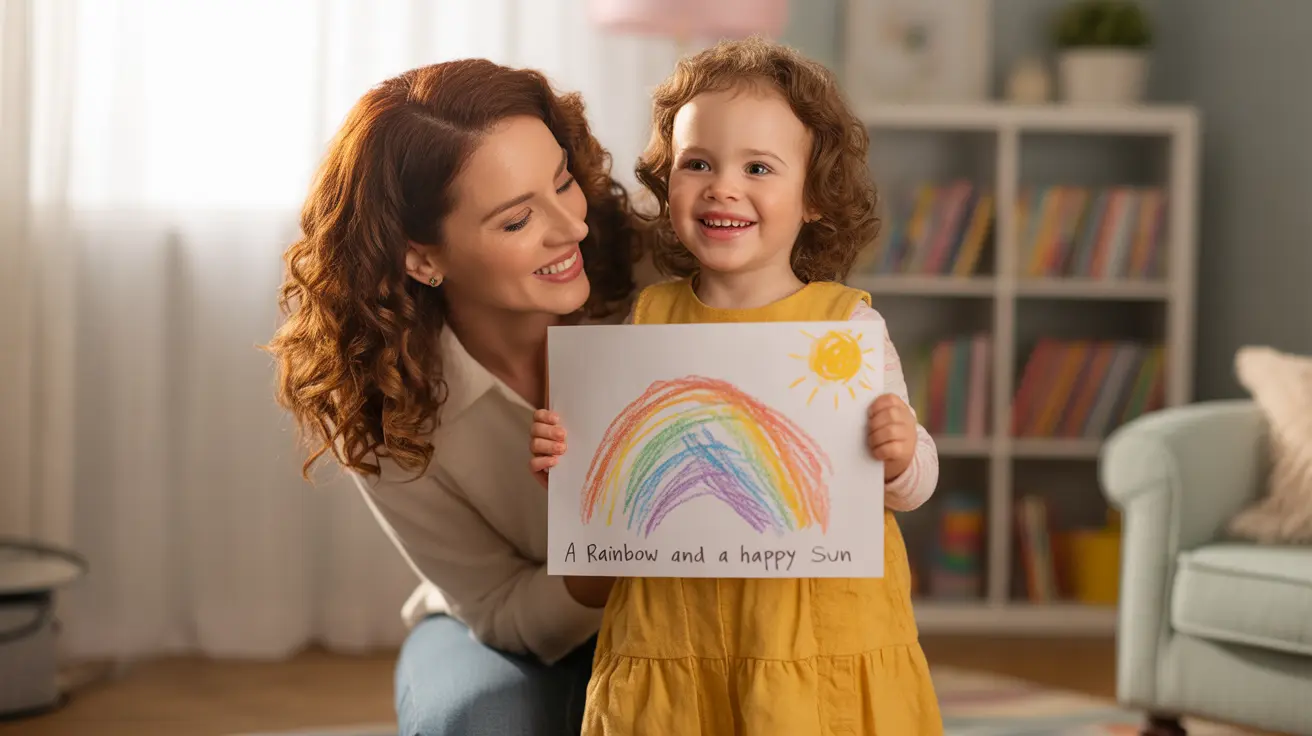Raising children involves establishing boundaries and teaching appropriate behavior, but it's crucial to understand where discipline ends and abuse begins. For parents, caregivers, and educators, recognizing this distinction is fundamental to ensuring children's healthy development and well-being while maintaining effective disciplinary practices.
This comprehensive guide will help you understand the key differences between appropriate discipline and abusive behavior, providing clear guidelines for implementing positive disciplinary methods that promote growth without causing harm.
Defining Discipline and Abuse
Discipline is a teaching tool aimed at helping children learn self-control, respect, and appropriate behavior. It involves consistent, fair consequences that are age-appropriate and focused on learning. Effective discipline maintains the child's dignity and strengthens the parent-child relationship.
Abuse, in contrast, involves actions that cause physical, emotional, or psychological harm to a child. It's characterized by violence, humiliation, or extreme punishments that damage a child's sense of safety and self-worth.
Key Characteristics of Appropriate Discipline
Clear Communication and Expectations
Effective discipline begins with setting clear, age-appropriate expectations and consistently communicating them to children. This includes explaining rules, boundaries, and the reasons behind them.
Consistent and Fair Consequences
Appropriate disciplinary actions are:
- Proportional to the behavior
- Immediately related to the misconduct
- Focused on teaching rather than punishment
- Consistent across similar situations
- Age-appropriate and developmentally suitable
Positive Reinforcement
Healthy discipline emphasizes positive behavior through:
- Praise for good choices
- Recognition of improvement
- Rewards for meeting behavioral goals
- Encouragement of desired behaviors
Warning Signs of Abusive Behavior
Physical Indicators
Actions that cross into abuse include:
- Hitting, slapping, or physical violence
- Excessive physical punishment
- Using objects to inflict pain
- Causing bruises, marks, or injuries
Emotional Red Flags
Emotional abuse can manifest as:
- Constant criticism or belittling
- Extreme isolation or confinement
- Threatening or intimidating behavior
- Withholding affection as punishment
Effective Alternative Discipline Methods
Parents and caregivers can implement these positive disciplinary approaches:
- Time-ins (staying with the child to process emotions)
- Natural consequences
- Behavior charts and reward systems
- Loss of privileges
- Redirection for younger children
When to Seek Professional Help
Consider consulting a professional when:
- You're unsure about appropriate discipline methods
- Your current approaches aren't effective
- You feel overwhelmed by your child's behavior
- You're concerned about your emotional responses
- Your child shows signs of trauma or distress
Frequently Asked Questions
What is the key difference between discipline and child abuse?
The key difference lies in intent and outcome. Discipline aims to teach and guide children while maintaining their dignity and well-being. Abuse causes harm, whether physical or emotional, and is focused on punishment rather than learning. Discipline builds up a child's sense of security and self-worth, while abuse tears it down.
How can I tell if a disciplinary action has crossed the line into abuse?
Disciplinary actions cross into abuse when they cause physical harm, emotional trauma, or psychological damage. Warning signs include leaving marks or bruises, causing fear or anxiety in the child, using humiliation or degradation, or implementing extreme punishments that don't fit the behavior.
What are safe and effective discipline methods that avoid harm to children?
Safe discipline methods include positive reinforcement, time-outs, logical consequences, behavior charts, and loss of privileges. These approaches focus on teaching appropriate behavior while maintaining the child's dignity and emotional well-being.
What long-term effects can abusive discipline have on a child's mental health?
Abusive discipline can lead to anxiety, depression, low self-esteem, trust issues, and difficulty forming healthy relationships. Children may develop aggressive behaviors, struggle with emotional regulation, or experience post-traumatic stress disorder (PTSD).
When should caregivers seek help or intervention regarding child discipline concerns?
Caregivers should seek help when they feel overwhelmed, notice their disciplinary methods aren't working, experience intense anger during discipline, or observe concerning changes in their child's behavior. Professional support can provide valuable guidance and alternative strategies.




